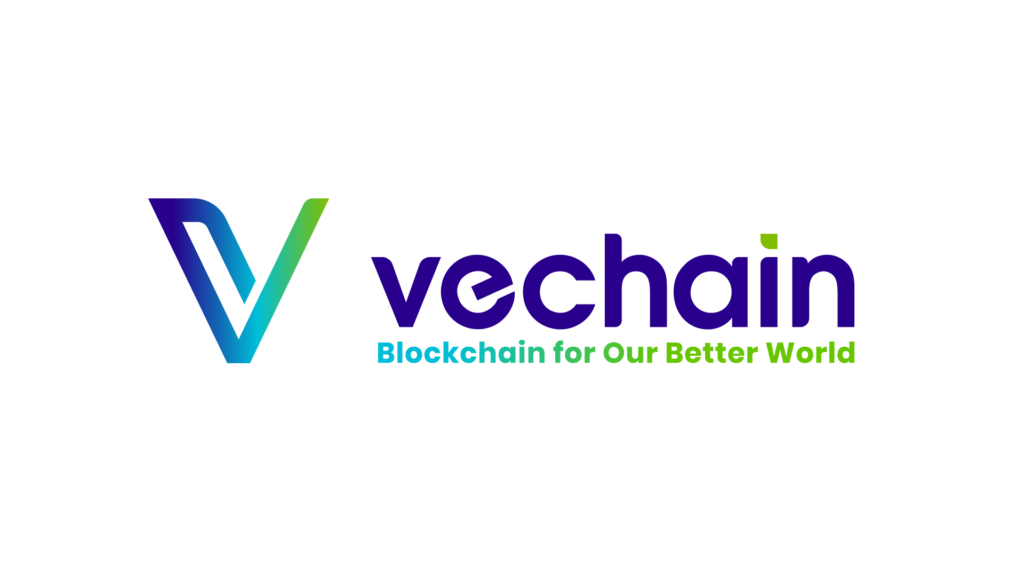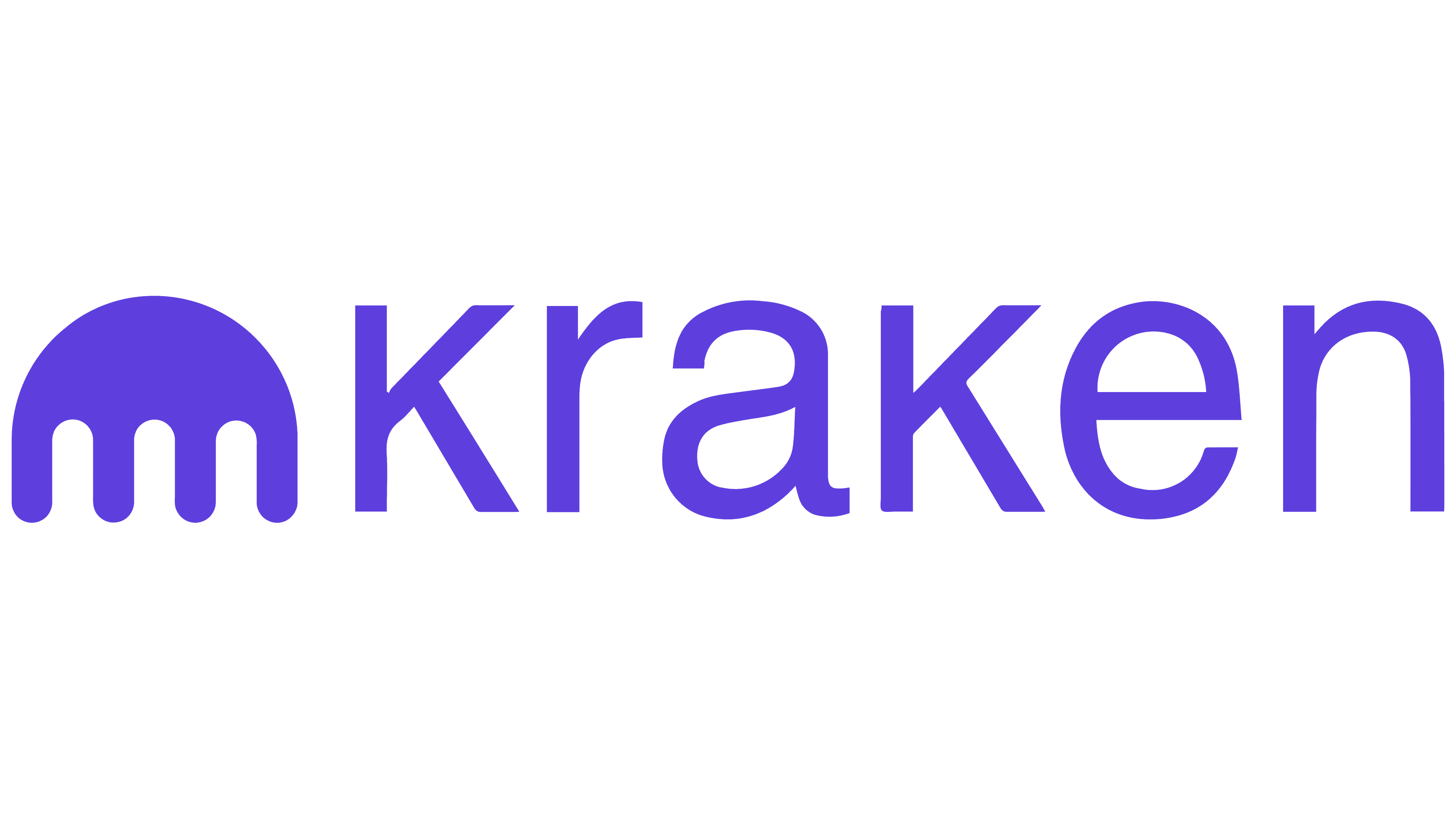VeChain (VET) has gained traction in the blockchain space as an enterprise-focused platform that addresses real-world challenges. From supply chain optimization to sustainability solutions, VeChain has established itself as a leader in blockchain innovation. In this article, we’ll explore what VeChain is, its partnerships, market performance, and whether a VeChain investment makes sense for you.

What is VeChain?
VeChain is a blockchain platform created in 2015 by Sunny Lu, former CIO of Louis Vuitton China, to address real-world challenges like inefficiencies, fraud, and lack of transparency in industries such as supply chain management, healthcare, and manufacturing. By leveraging blockchain’s tamper-proof and transparent nature, VeChain enables businesses to improve operations, verify authenticity, and meet sustainability goals. Its enterprise-focused approach, including tools like Web2 wallet integration and the Carbon Footprint Explorer, simplifies blockchain adoption for non-technical users. With a dual-token system (VET and VTHO) and a low-energy Proof-of-Authority (PoA) consensus, VeChain was designed to bridge the gap between blockchain technology and real-world business needs.
Tokenomics and Burning Mechanism
VeChain’s dual-token system consists of VET and VTHO:

VET serves as the primary value transfer token and is what investors typically trade.

VTHO is used to pay for transaction costs on the network, ensuring that enterprises can operate without VET price volatility affecting their operations.
Burning Process:
VTHO is generated automatically by holding VET, and a portion of VTHO is burned as part of transaction fees. This burning mechanism reduces the overall supply of VTHO, maintaining a balanced ecosystem. However, the primary token, VET, is not burned, so its supply remains stable.
This token structure allows VeChain to offer predictable transaction costs for businesses while ensuring long-term token sustainability.
VeChain operates on a PoA consensus mechanism, which relies on trusted nodes for transaction validation. This setup ensures scalability, energy efficiency, and security, making it ideal for enterprise adoption.
Official Sources:
VeChain Partnerships
VeChain’s strategic collaborations demonstrate its real-world applications. Here are some notable partnerships:
- DNV GL (January 2018):
VeChain partnered with DNV GL to enhance sustainability and transparency in quality assurance processes.
Source: Vechain Insider - PwC (PricewaterhouseCoopers) (May 2018):
PwC integrated VeChain’s blockchain services to optimize client operations and improve data transparency.
Source: Vechain Insider - Walmart China (June 2019):
Walmart China employed VeChain’s blockchain for food traceability, ensuring safety and transparency. Source: Use The Bitcoin - BMW (March 2018):
BMW utilized VeChain to prevent odometer fraud in used cars, increasing trust in automotive transactions. Source: Vechain Insider - Kuehne & Nagel (2016):
Kuehne & Nagel, a global logistics leader, leveraged VeChain’s blockchain for real-time package traceability.
Source: Crypto News Flash - Republic of Cyprus (November 2018):
VeChain collaborated with Invest Cyprus to promote blockchain development and implement national-level solutions.
Source: Use The Bitcoin - H&M (COS Brand) (April 2020):
COS, a luxury subsidiary of H&M, partnered with VeChain to provide customers with detailed supply chain tracking data, enhancing transparency and sustainability.
Source: Blockchain Council - NTT Docomo (August 2018):
VeChain joined NTT Docomo’s 5G Open Partner Program to collaborate on developing 5G technology, aiming to integrate blockchain solutions with next-generation telecommunications.
Source: VeChain Insider
And many more partners.
Who is Investing in VeChain?
VeChain has attracted significant investment from notable firms and organizations:
- DNV GL (May 2018):
DNV GL acquired a minority stake in VeChain to enhance their collaboration.
Source: Vechain Insider - PwC (May 2018):
PwC’s investment strengthened its partnership with VeChain and expanded blockchain applications for enterprises.
Source: Vechain Insider - Tim Draper (2017):
Billionaire venture capitalist Tim Draper invested in VeChain, recognizing its potential in the blockchain space.
Source: Vechain Insider - Plug and Play (March 2019):
Plug and Play participated in VeChain’s Incubator/Accelerator funding round, supporting its growth and development.
Source: CB Insights
Market Performance
As of January 1, 2025:
- Price at time of writing: $0.0433
- Market Cap: $3.87 billion
- 24-Hour Trading Volume: $53 million
- All-Time High: $0.2810 (April 19, 2021)
- Max Supply: 86,712,634,466 VET
The maximum number of VET tokens that will ever exist is capped at 86.7 billion, ensuring scarcity over time. - Total Supply: 85,985,041,177 VET
The total supply reflects the current number of tokens created, which is slightly lower than the maximum supply due to burning mechanisms. - Circulating Supply: 80,985,041,177 VET
As of now, nearly all of VeChain’s total supply is in circulation, which means the token is actively traded and used within the ecosystem.
| # | Coin | Price | Marketcap | Volume (24h) | Supply | Change | Last 24h |
|---|
Community Sentiment
VeChain has a highly bullish community, with 91% of users on CoinMarketCap expressing a positive outlook on the project, compared to only 9% bearish sentiment (as of the time of writing). This optimism is reflected in VeChain’s ranking as the 39th largest cryptocurrency on CoinMarketCap, further cementing its position as a top contender in the blockchain space.

VeChain’s market performance has seen fluctuations, but its enterprise-driven focus and consistent updates position it as a project with long-term growth potential.
Competitors to VeChain and How They Compare
- Ethereum (ETH)
- Competes: General-purpose blockchain with smart contracts for enterprise use.
- Edge: Large ecosystem and versatility.
- Weakness: High fees, less supply chain-specific.
- IBM Blockchain (Hyperledger Fabric)
- Competes: Private blockchain for enterprises, strong in food safety and logistics.
- Edge: Industry backing and private network security.
- Weakness: Lack of decentralization.
- Solana (SOL)
- Competes: High-speed, low-cost transactions for scalable applications.
- Edge: Scalability and speed.
- Weakness: Limited supply chain integration.
- OriginTrail (TRAC)
- Competes: Supply chain-focused blockchain for transparency and data sharing.
- Edge: Tailored for supply chains and interoperable.
- Weakness: Smaller ecosystem.
- Waltonchain (WTC)
- Competes: IoT-integrated blockchain for smart supply chains.
- Edge: Strong IoT and logistics focus.
- Weakness: Smaller adoption compared to VeChain.
- Polkadot (DOT)
- Competes: Customizable blockchains with interoperability.
- Edge: Flexibility for enterprises.
- Weakness: Not supply chain-specific.
- Hedera Hashgraph (HBAR)
- Competes: Fast, secure transactions for enterprises.
- Edge: Efficiency and enterprise partnerships.
- Weakness: Limited adoption in supply chains.
- Cardano (ADA)
- Competes: Research-driven blockchain emphasizing sustainability.
- Edge: Secure and energy-efficient.
- Weakness: Slow development and fewer supply chain integrations.
Summary of VeChain’s Competitors
VeChain competes with both general-purpose and supply chain-specific blockchains.
- General-Purpose Blockchains: Ethereum, Solana, Polkadot, and Cardano offer versatility and scalability, appealing to a broad range of enterprises. However, they lack VeChain’s direct focus on supply chain solutions.
- Enterprise-Focused Blockchains: IBM Blockchain and Hedera Hashgraph provide efficient and secure solutions for businesses but primarily operate in private or general enterprise applications, not exclusively supply chains.
- Supply Chain-Specific Blockchains: OriginTrail and Waltonchain target transparency and IoT integration for supply chain management, directly competing with VeChain’s niche. However, they have smaller ecosystems and adoption compared to VeChain.
VeChain’s specialization in supply chain management, dual-token system, and strong partnerships give it a significant edge in its niche while maintaining competition with broader blockchain platforms.
VeChain Investment: Risks and Rewards
Rewards:
VeChain’s partnerships with industry leaders like BMW, Walmart China, and PwC showcase its potential for significant enterprise adoption. By leveraging blockchain to improve transparency and efficiency in supply chain management, VeChain addresses real-world business needs. Its dual-token system (VET for value transfer and VTHO for transaction costs) minimizes operational volatility, making it a practical choice for businesses. The platform’s alignment with global sustainability goals, through tools like the Carbon Footprint Explorer, further enhances its appeal to environmentally conscious enterprises. Additionally, its innovative Web2 wallet integration simplifies blockchain access, potentially attracting a broader user base and driving adoption.
Risks:
Regulatory uncertainty remains a significant concern, as evolving policies in major markets could restrict VeChain’s operations or adoption. The platform’s reliance on key partnerships, such as those with BMW and Walmart, means its success could be jeopardized if these relationships weaken. VeChain also faces stiff competition from enterprise-focused blockchains like OriginTrail and Hedera Hashgraph, as well as general-purpose platforms like Ethereum and Polkadot. Furthermore, the cryptocurrency’s value is subject to market volatility, with speculative trading often driving price swings rather than intrinsic utility. Scalability challenges may also arise as adoption increases, potentially impacting its ability to meet enterprise demands effectively.
Final Thoughts
VeChain stands out as a blockchain platform with real-world applications, strong partnerships, and a forward-thinking roadmap. For investors seeking utility-driven projects, VeChain offers significant potential. However, like any investment, it comes with risks. Careful research and a long-term perspective are crucial to making informed decisions about a VeChain investment.
Disclaimer
The information provided on this website is for educational and informational purposes only and should not be considered financial, investment, legal, or professional advice. Cryptocurrency, blockchain technologies, and financial markets are inherently volatile and carry significant risks of loss. Past performance does not guarantee future results, and any decisions based on the information presented are made at your own discretion and risk.
This website may include affiliate links, which means we may earn a commission if you choose to use these links to make a purchase or sign up for services. These commissions come at no additional cost to you and help support the content we create. However, we only recommend platforms and services that we believe are reputable and beneficial to our readers.
Always conduct your own research (DYOR) and consult with qualified professionals before making any financial, legal, or investment decisions. The content provided is intended as a resource, not as definitive advice.
Disclaimer
The information provided on this website is for educational and informational purposes only and should not be considered financial, investment, legal, or professional advice. Cryptocurrency, blockchain technologies, and financial markets are inherently volatile and carry significant risks of loss. Past performance does not guarantee future results, and any decisions based on the information presented are made at your own discretion and risk.
This website may include affiliate links, which means we may earn a commission if you choose to use these links to make a purchase or sign up for services. These commissions come at no additional cost to you and help support the content we create. However, we only recommend platforms and services that we believe are reputable and beneficial to our readers.
Always conduct your own research (DYOR) and consult with qualified professionals before making any financial, legal, or investment decisions. The content provided is intended as a resource, not as definitive advice.



